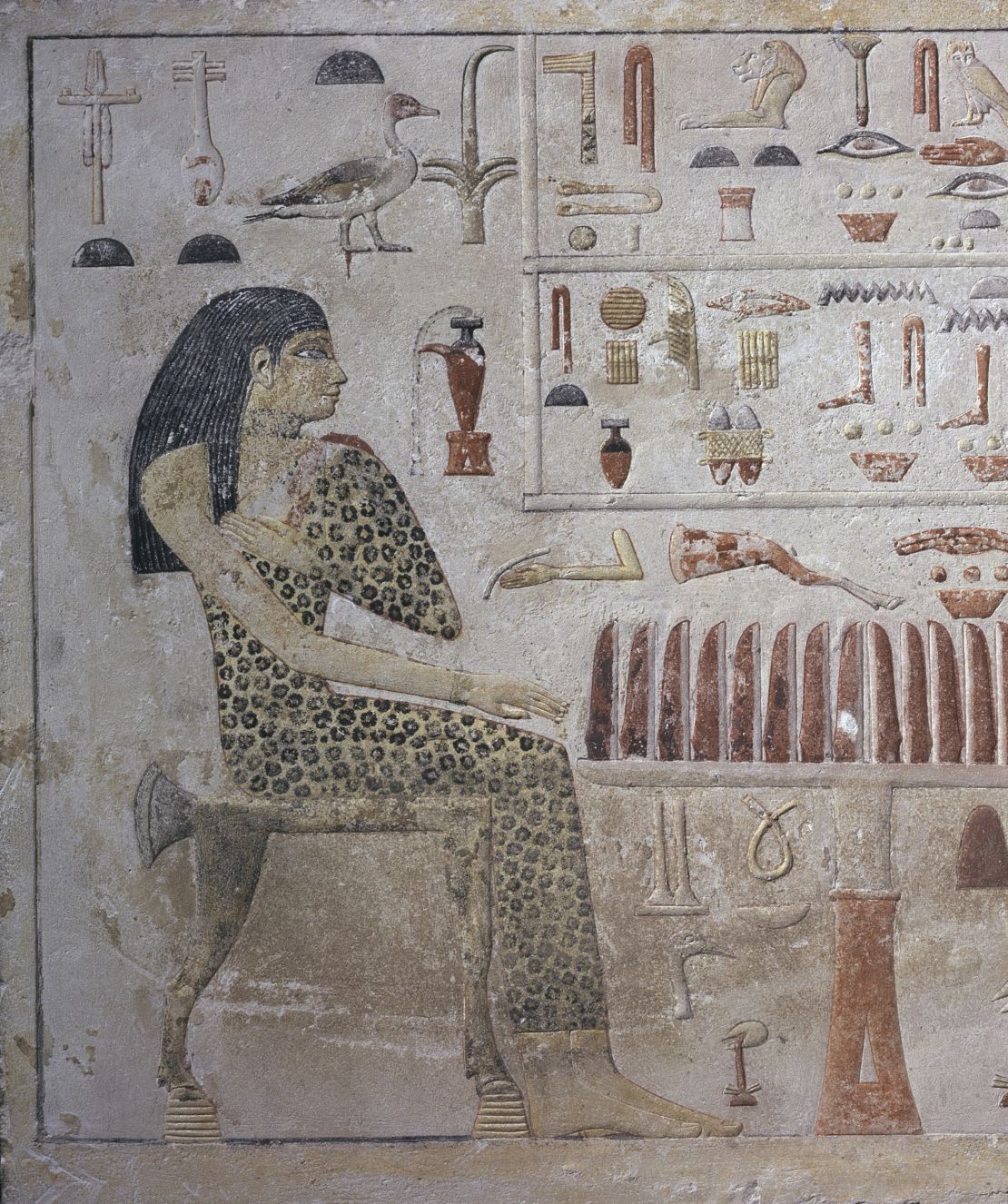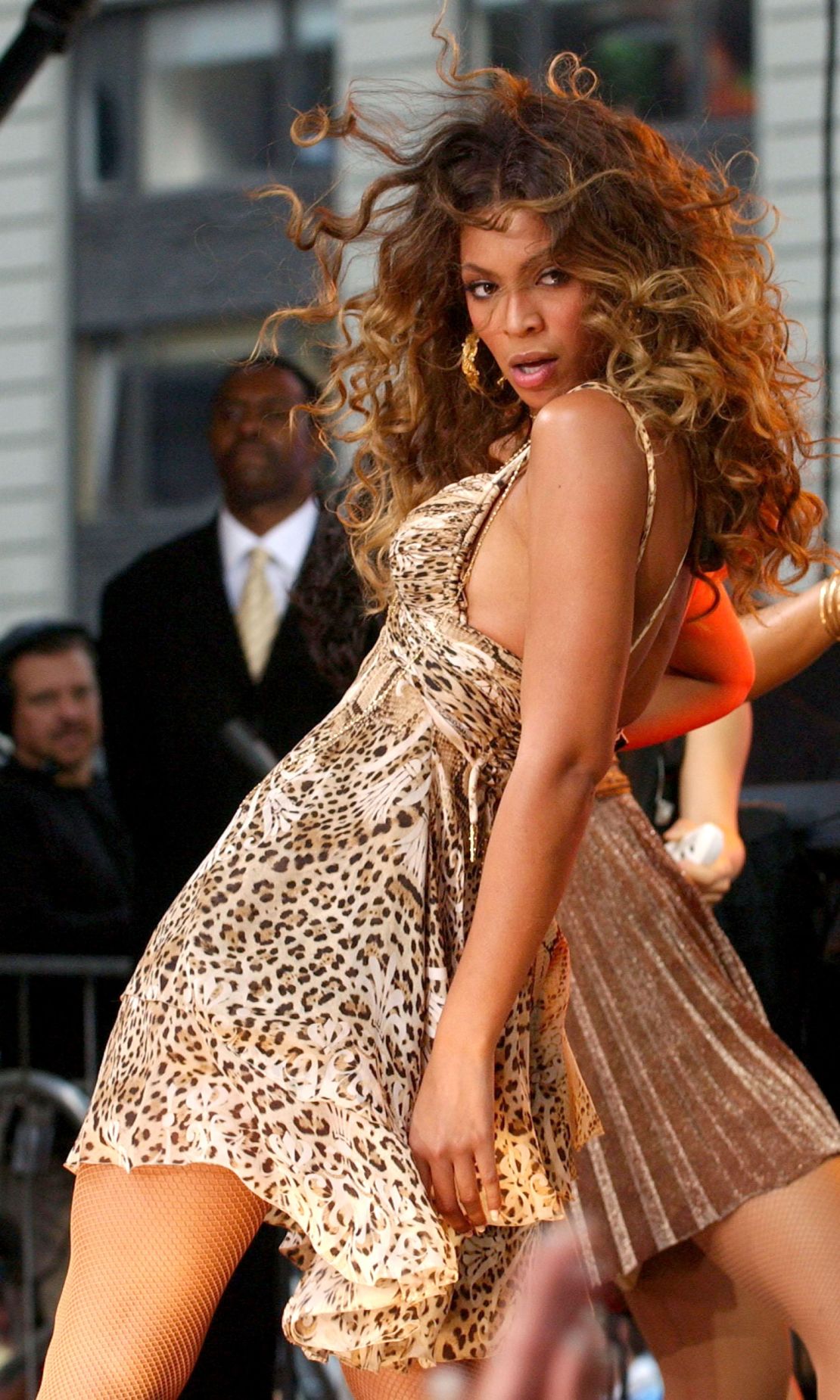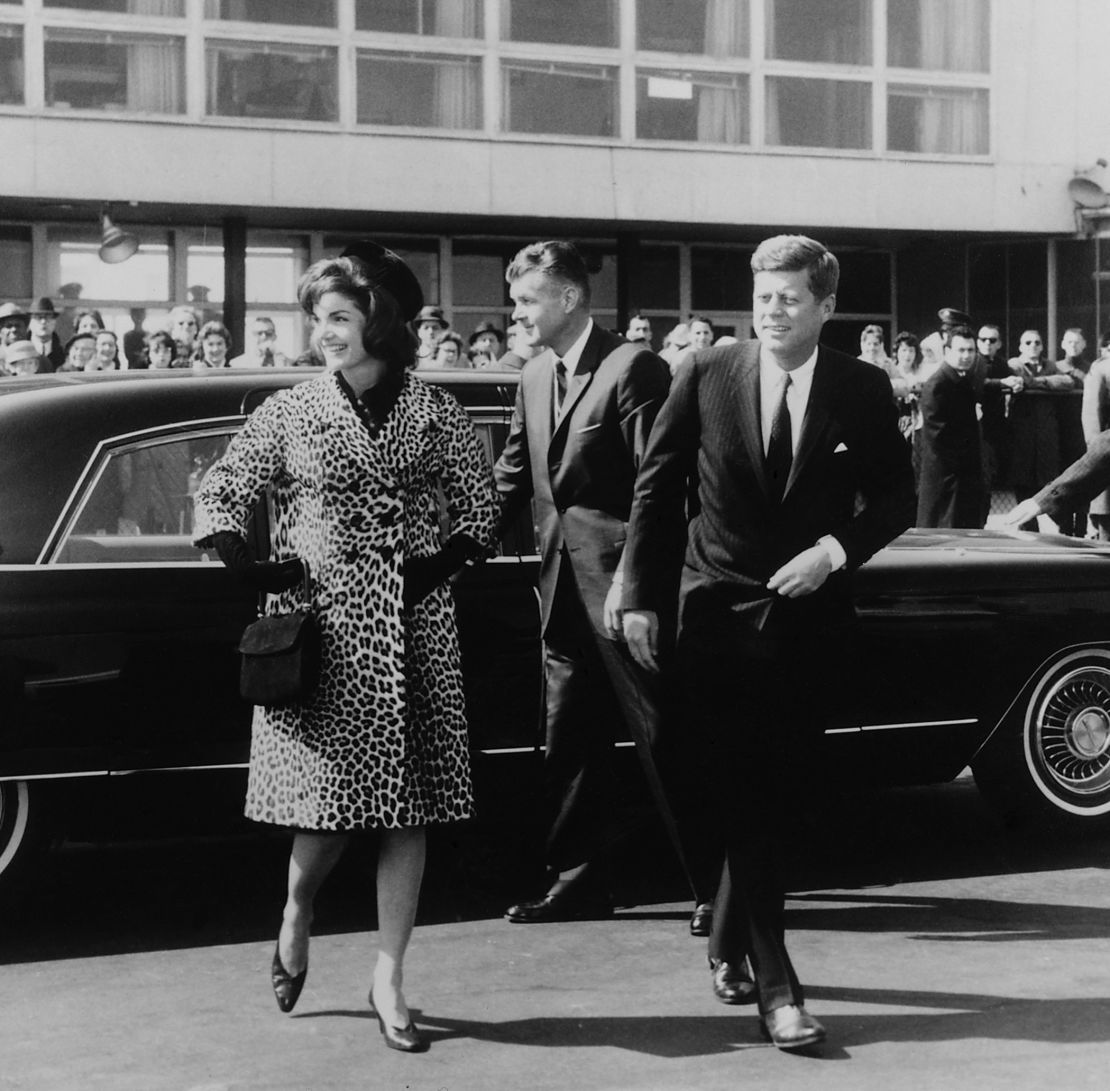It’s no wonder Netflix’s latest docu-series “Tiger King: Murder, Mayhem and Madness” has enthralled viewers around the world. The feud between Joe Exotic – the gay, gun-toting, mullet-sporting, litigious “Tiger King” of Oklahoma – and his nemesis, Carole Baskin, is a story for the ages.
But while the two have dragged each other through the mud – and the courts – it’s obvious they have a lot in common. Not only do they both keep big cats, have blond hair and live below the Mason-Dixon line: They also share a love of cat-themed clothing, and have reminded us all of its power – including leopard print.
And they are not alone. Leopard print has a long history, one that has hit many fashion highs and lows along the way.

In singer and actress Eartha Kitt’s hands, leopard print meant power. In a black and white photo from the 1950s, Kitt is seen dressed head-to-toe in the leopard print. She looks defiant and self-assured, while, next to her, a cheetah sits nonchalantly on a leash.
It is an iconic photo. It is also one of the images that, three decades ago, inspired burlesque dancer Jo Weldon to start researching the story and legacy of leopard print. Her findings have been brought together in the book, “Fierce: The History of Leopard Print,” in which Weldon charts the origins, evolution and changing status of one of fashion’s most ubiquitous patterns.
“Kitt was a starting point, as I was deeply fascinated by her as a child,” Weldon said in a phone interview. “She looked fabulous in her prints – a strong figure. But she was also a woman of substance. To me, the spots tied both aspects together.”
Why do we still love leopard print?
Leopard motifs – and feline imagery in general – have been used to signify power, independence and confidence for centuries, according to Weldon.
“Leopards have long been seen as fierce, very resilient animals.” she said. “I think people feel a primordial connection with them.”
Historically, leopards have played a prominent role in iconographies around the world. The “Seated Woman of Çatalhöyük,” a clay figurine dating back to around 6000 B.C., shows a female figure resting her arm on a leopard.

Seshat, the Egyptian goddess of wisdom, is often pictured wearing a leopard or cheetah hide. And goddess Xi Wangmu, known as the Queen Mother of the West in Chinese mythology, is depicted with the teeth of a tiger and the tail of a leopard.
“During the 18th and 19th centuries, leopard fur and clothes came to signify wealth and status,” Weldon said. “Then you enter the 20th century and the start of mass-produced fabrics and garments. The print entered the mainstream, and began having modern significance.”
An evolving trend
Leopard print’s reputation has gone through a number of iterations since. It has been deemed low-brow, provocative, tacky and dangerous. It has been worn by starlets and associated with cheap clothing. In pop culture, from movies to music, leopard-clad women have been identified as mean, shallow and loose, which Weldon points out through a series of chapters titled “The Trophy Wife,” “The Bad Mother” and “The Femme Fatale.”

Yet, the motif has also been embraced by the upper echelons of fashion. Christian Dior is credited as the first designer to put leopard print – rather than fur – on the runway in 1947. Style icons like Josephine Baker, Elizabeth Taylor, Jackie Kennedy and Edie Sedgwick all wore the pattern.
In recent decades, Beyoncé has publicly sported leopard print, as have Anna Wintour and Michelle Obama. And, season after season, fashion magazines hail “the return of leopard” on designer catwalks, from Balmain to Armani, Cavalli to Givenchy.

“Leopard print has swayed in so many different directions because it’s open to interpretations,” Weldon said. “It can be seen as a ‘neutral,’ that looks great next to bolder colors, but it can also perfectly stand out on its own.”
“Our appreciation of it also goes back to our relationship with the animal: We admire it and fear it, we find it irresistible yet we know it’s dangerous. Felines evoke nocturnal activities and playfulness. All of that goes into the print and, by association, to the woman who wears it.”

These dichotomies may explain leopard print’s endurance in the public imagination, as well as its ongoing popularity among diverse segments of consumers. Weldon believes the ever-evolving trend is, today, as relevant as ever.
“In all its forms – sophisticated, luxe, rebellious, sexy – (the) leopard print makes a statement. It can’t be ignored, whether you like it or loathe it. That’s why it’s still so prominent in mainstream culture.
“At a time when women are being pulled in different directions, and are trying to define and affirm what it means to be a strong woman, the pattern feels relevant. It says ‘I want to be seen.’”
“Fierce: The History of Leopard Print,” published by HarperCollins, is available now.





















